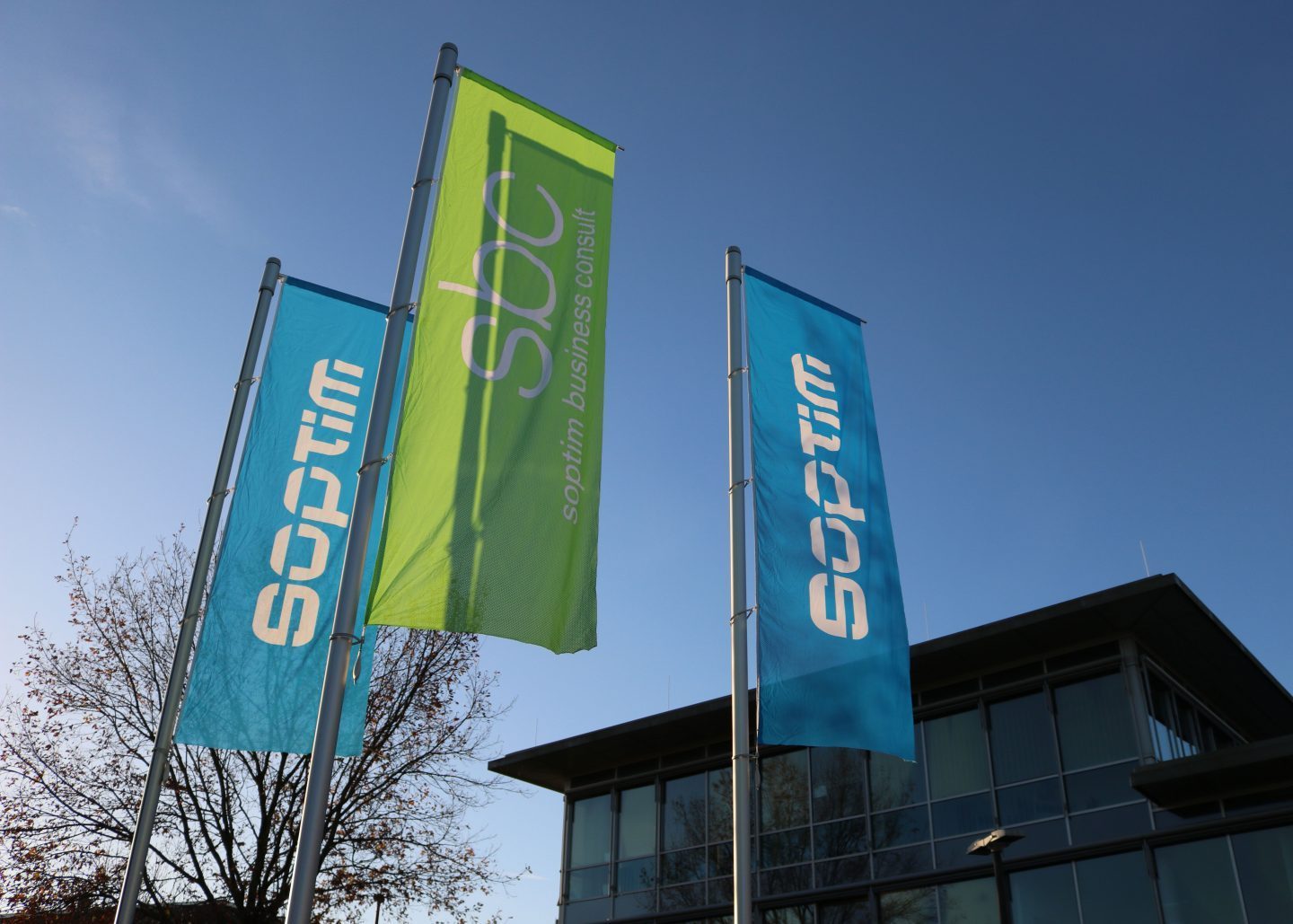Research for greater security and efficiency in energy supply
Another SOPTIM AG research project, alongside SOPTIM Elements, was funded under the Forschungszulagengesetz (Research Allowance Act). The project involved the development of so-called dynamic clusters. This project aims to create an on-premises cloud solution for developing and testing software for the energy industry in a flexible, efficient and secure manner.
The funding confirms SOPTIM’s approach to researching complex technical challenges in critical infrastructure, taking a practical, application-oriented approach.
Why is the public cloud not an option for KRITIS?
The use of public cloud services has become commonplace in many industries. However, KRITIS operators have different requirements: a system for controlling the power grid must not be located in an external cloud that has no power in an emergency. This is why grid operators and energy suppliers in Germany run their systems in their own data centres, which have emergency power supplies and are completely on-premises.
For the development of such systems to be practical, SOPTIM also requires the right environments. These environments must realistically reflect the customer’s infrastructure while remaining independent of external cloud services.
From manual installation to an automated environment
Previously, separate test environments — including hardware, operating systems, and software components — had to be set up for each customer project. This process was time-consuming, costly and error-prone. However, with the ‘Dynamic Clusters’ project, SOPTIM is developing a solution that enables development and testing systems to be created, adapted and removed automatically on a central infrastructure.
Using virtualisation, container technologies and centralised management creates an internal cloud that operates entirely on-premises. This enables developers to independently set up new test environments or clone existing systems. This speeds up processes and improves collaboration between the development and operations teams, which is an important step towards modern DevOps processes.
Technical independence as a principle
Unlike standard market solutions, which usually rely on public cloud services, SOPTIM takes a consistently independent approach: all processes, from creating virtual machines and configuring networks to installing the necessary software, run within its own infrastructure. This approach is based on Infrastructure as Code (IaC), whereby the entire environment is described, set up and managed automatically using code. This independence safeguards sensitive data and ensures that systems remain operational even if external services or network connections fail.
This represents a significant security advantage for those responsible for critical infrastructure in the German energy supply sector.
Faster, more stable and more secure
Automation has significantly reduced the amount of work involved. Tasks that previously took several hours of manual work can now be completed in around 15 minutes. The environments created can be restored identically, which is a major advantage for maintenance, testing and troubleshooting. The result is stable, reproducible development and test environments that noticeably improve IT security and efficiency in the energy industry.
Knowledge for practical application
The project focuses on issues relevant to the entire energy market.
- How can development processes in on-premises environments be automated?
- How can complex software be operated in a scalable and secure manner?
- And how can we ensure that test environments remain reproducible at all times?
Findings from the funded research project are being incorporated directly into the further development of SOPTIM software solutions for energy suppliers and network operators. These findings will help to make development and operating processes more efficient, secure, and maintainable in the long term.
Conclusion
With its research project on dynamic clusters, which was funded under the Research Allowance Act, SOPTIM demonstrates how modern cloud principles can also be implemented entirely on-premises – securely, flexibly and independently of external providers. The project contributes to further strengthening the technical basis of critical energy infrastructure in Germany and to permanently improving software development in the KRITIS environment.


